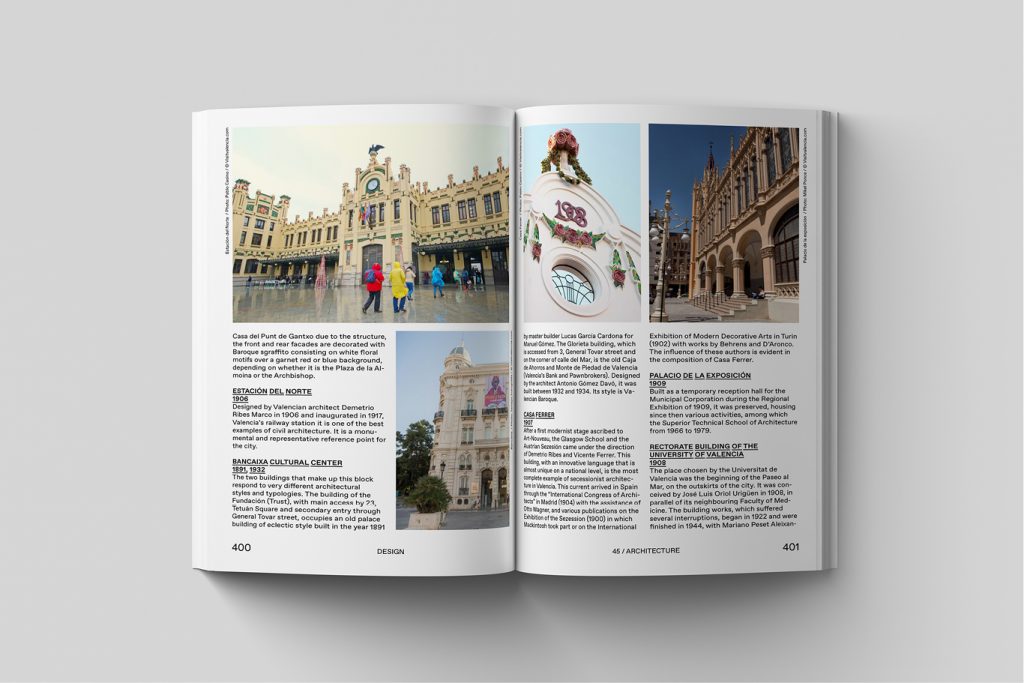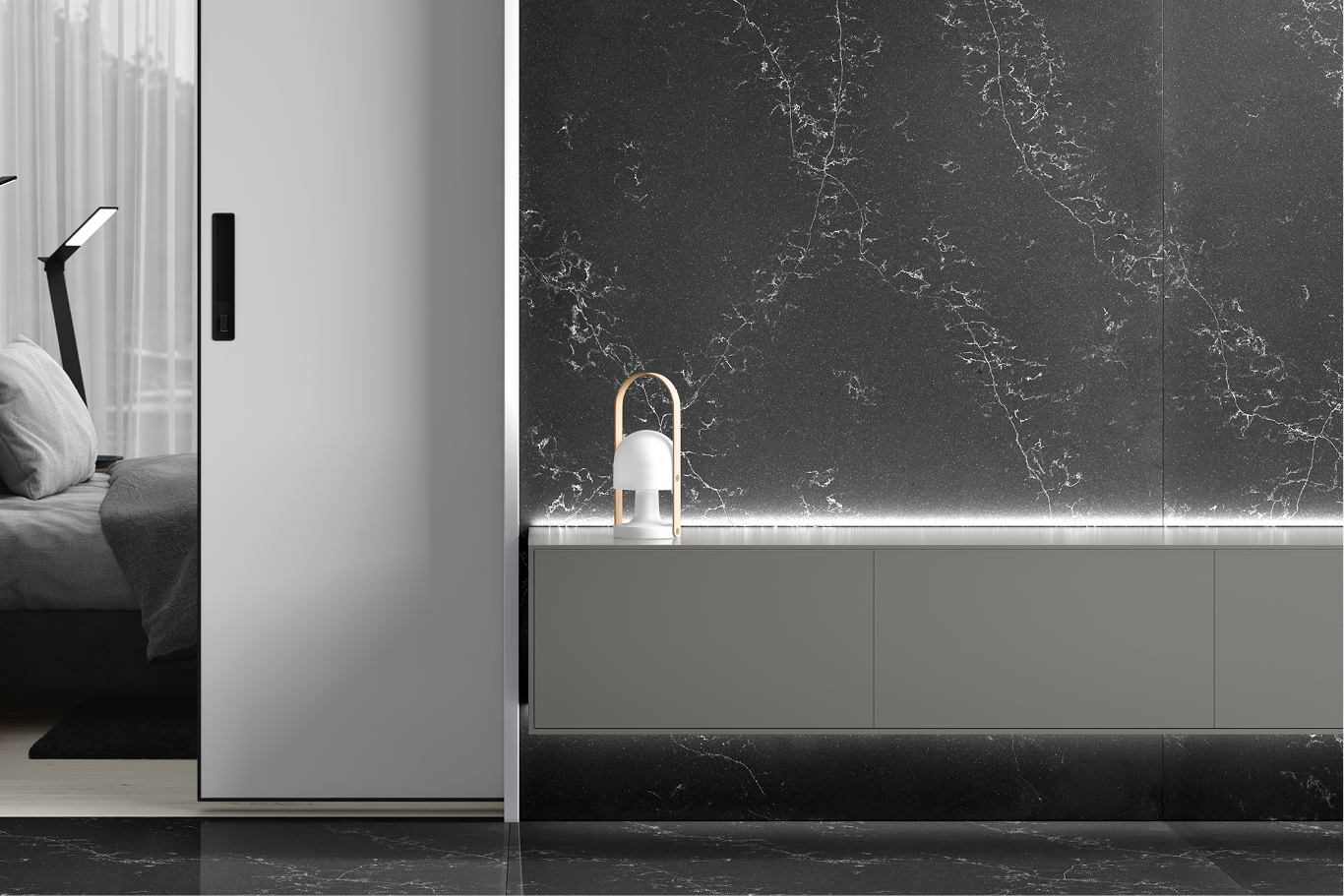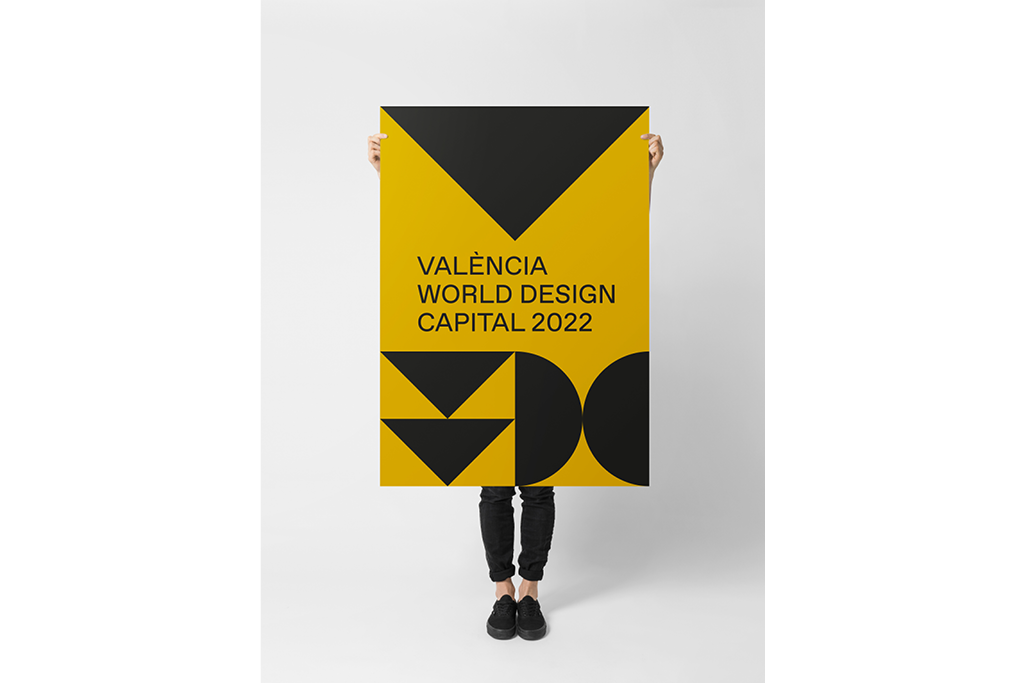
Valencia (Spain) was recently chosen as the World Design Capital. We speak to Xavi Calvo, strategic bid director, about the objectives to be met and what this Mediterranean city brings to the table.
Xavi, how do you feel after winning the bid? Content? Apprehension over the responsibility it brings?
Both. The good thing about courage is that there are always milestones to keep you on your toes: preparing everything, managing to partner with the design world, with institutions… in the end, a huge section of Valencian society was on board. To submit a bid, get it accepted, get in the final, have the jury visit Valencia, winning the bid and going to India to accept the candidacy all kept the excitement going. Nonetheless, a sense of responsibility is ever-present. Winning the bid is not a prize, although you sort of see this way for what Valencian design has achieved in the last 30 or 40 years, but there is also a huge responsibility as now the year has to be put together. We are not just the capital, done and dusted, but as Vicent Martínez (designer and National Design Award Winner, Ed.) has said, we have achieved the impossible. Now comes the hard part—actually doing it!
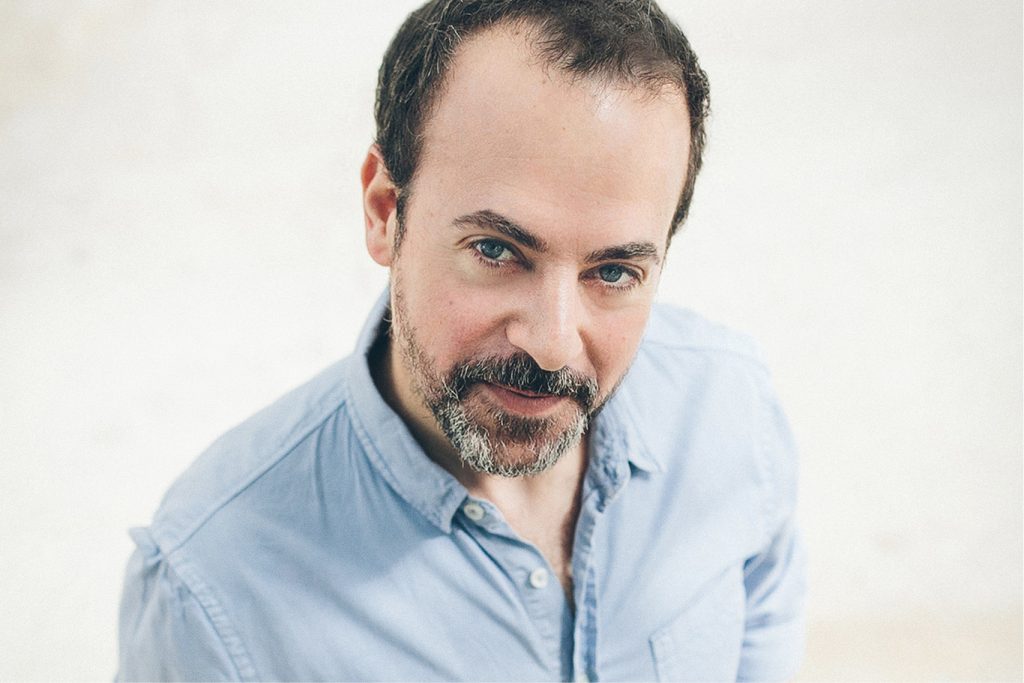
What were the main themes of your bid?
We had an initial problem as a capital city is named every two years and tends to shift continent. It’s always been like that; just like the Olympics, there is an unwritten rule that a continent cannot repeat the event so as to ensure its global outlook. Our problem was that Lille (France) is the capital for 2020. That’s why we focused on the Mediterranean to stand out from its bid. Although France is a neighbouring country, its approach to design is very northern European and ours had to stand apart. Through the Mediterranean, we came up with an approach that underscores a different way of seeing and facing problems. We didn’t just talk about countries and cities bathed by the Mediterranean but a magical, mystical even, latitude where people, for example in Lisbon, have the same way of understanding certain problems as us… there are coastal cities that have a different view of immigration or sustainability to how northern Europeans see the issues.
We selected a set of values such as sustainability and climate change, equality and gender perspectives, and other cultural elements, traditions and sports, etc. and, in the end, wove them together into a draft programme for 2022. These social and cultural pillars were great for us to use a basis for our bid.
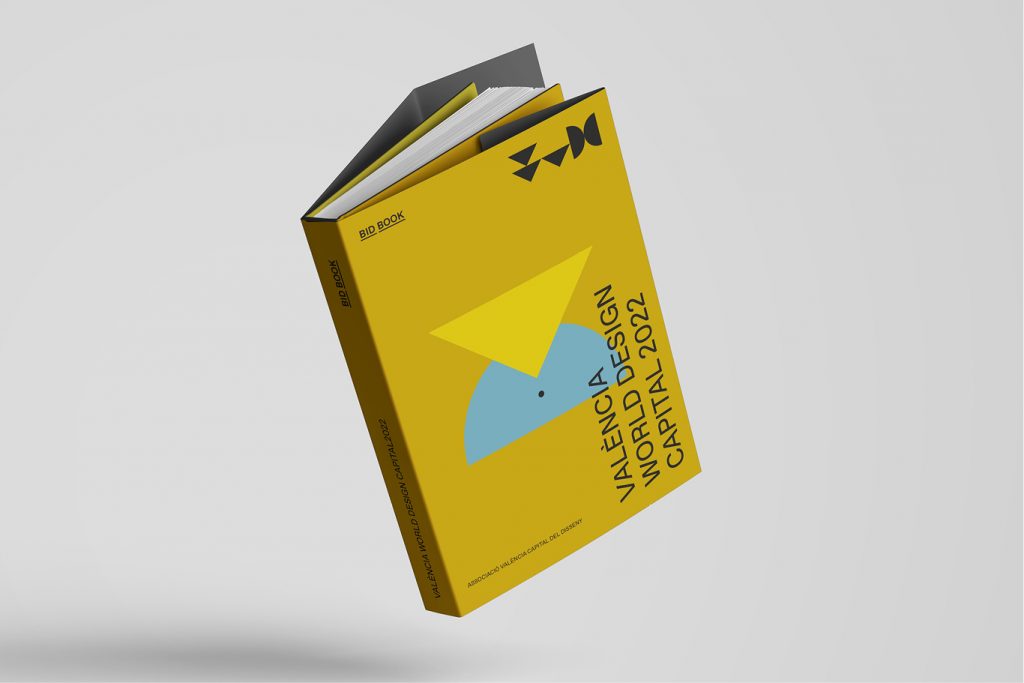
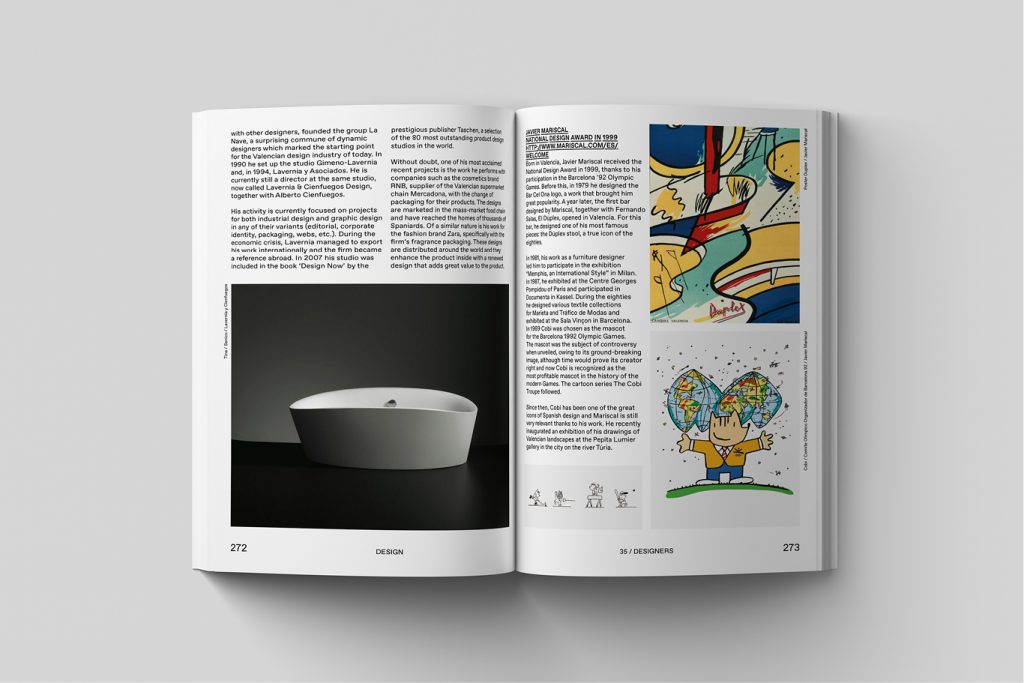
This capital status seems to be a way for Valencia to make up for a decades-long lag. It has always been a cradle and exporter of design but has never been as popular as other European cities or regions…
This is really typical of the local character that not only affects design. Not believing in ourselves has meant not communicating properly or not being aware of what we’ve got. When we started to put the bid dossier together, it was meant to be 100 pages long but we ended up with 500, as we included everything that had not been spelt out before. Examples such as the Turia riverbed in Valencia (the current Turia Garden with leisure and sporting areas that was created in Valencia’s riverbed with designs including one by Ricardo Bofill, Ed.) is an impressive success that any city that knows how to sell itself would have highlighted much more over the last 40 years. When we recounted these examples overseas, people were really taken aback. We had loads of unbelievable successes and in the end, this bid needed to be about pride and showing the world all the good stuff we’ve got. This does not mean that we’re the best in the world at something, but rather seeking to show that all this makes us who we are.
For many people, especially for consumers, design seems to be abstract, something they cannot define even; but design adds value to the economy, societies…
We need to get rid of this weight around our neck that design is something trivial. Calling everything ‘designer’ in the 80s did a lot of damage. Everything was ‘designer’, which really just meant expensive or useless. Now we are starting to shift the discourse around design to see it as a useful tool to kick-start the economy. This is thanks to politicians now grasping this perspective. When the mayor of Valencia was in Hyderabad (India) to accept the capital city mantle, he literally said that design is a lever for change for innovation in cities. This sets an example for other cities and business alike. In the end, we chose a business model transposed onto cities in order to explain it to politicians: how design can be part of cities to improve them, to apply design strategies to urban planning, architecture, transport or even bureaucracy. When design comes to a furniture company, for example, this does not mean that what they produce is now ‘designer’. It comes in at a structural level, redesigning processes so that a piece of wood becomes a chair. This industry example can be transferred to government and cities.
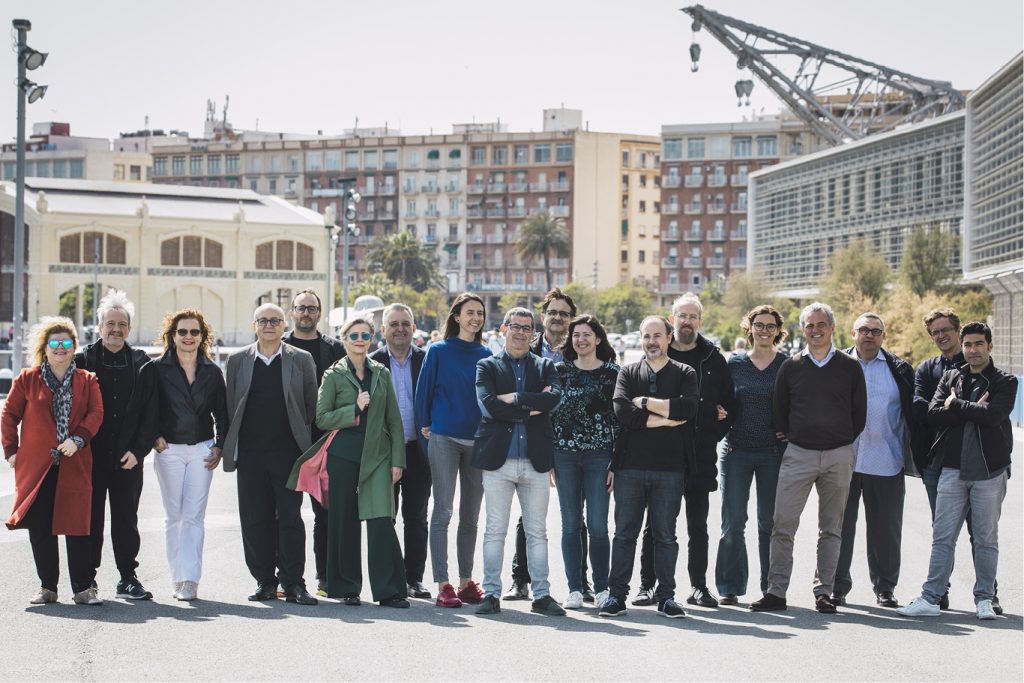
Organization commitee
What will the nomination mean for Valencia and Spain?
In the end, it will put the spotlight on talent. Our goals do not include boosting tourism, although it will clearly have an impact on visitor numbers (which has been quantified, more or less). The Mediterranean focus and the values I’ve just laid out explain why design is different here and this will make Valencia a focus for talent, for people to come here and see what the city has to offer. It will be highly productive for industry and the design sector.
What will you be offering in the meantime? Will there be any type of activities?
The official aim is an events programme for 2022. All these environmental, sustainability, equality and sporting values, as well as celebrations, will be allocated to a specific month in the year. Exhibitions, conferences and activities will also centre on these topics. In our first draft, and in the next two years, we will get into details alongside the World Design Organization. This is our main goal, although we have a parallel aim in terms of the legacy: using Valencia as an experiment, a prototype, and showing how design can improve a city. This is what will remain after 2022. Seeing that, a year in, the authorities have taken this discourse on board, I believe we are on the right path.
